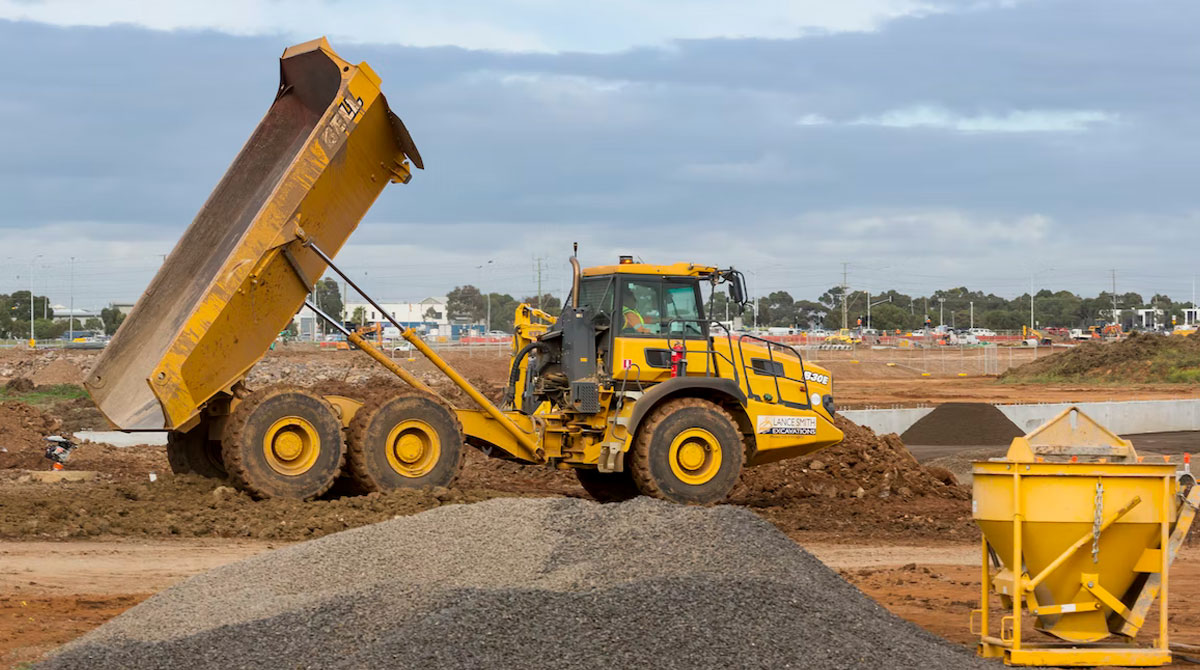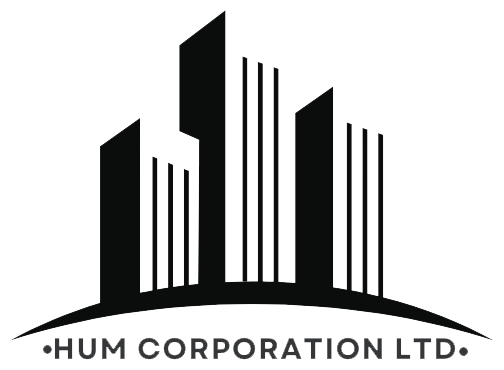
Sustainable Construction: How Hum Corporation is Building a Greener Future
The construction industry is undergoing a transformative shift as sustainability becomes a top priority. With growing concerns about climate change and resource depletion, adopting eco-friendly practices is no longer optional—it’s essential. At Hum Corporation, we are committed to building a greener future by integrating sustainable construction methods into every project we undertake. Here’s how we’re making a difference.
Prioritizing Eco-Friendly Materials
One of the fundamental ways we promote sustainability is through the use of eco-friendly materials. Traditional building materials often have significant environmental footprints due to energy-intensive production processes. At Hum Corporation, we opt for alternatives like:
Recycled steel and concrete: Reducing waste while maintaining structural integrity.
Bamboo and sustainably sourced timber: Renewable resources that minimize deforestation.
Low-VOC (Volatile Organic Compound) paints and finishes: Enhancing indoor air quality and reducing harmful emissions.
By choosing materials that are sustainable and durable, we contribute to reducing environmental impact without compromising on quality.
Energy-Efficient Designs
Energy efficiency is at the heart of our construction projects. From the blueprint stage to the finishing touches, we incorporate designs that reduce energy consumption and maximize natural resources. Key elements include:
Passive solar design: Strategically positioning windows and shading to optimize natural light and heat.
High-performance insulation: Ensuring minimal energy loss for heating and cooling systems.
LED lighting and energy-efficient appliances: Lowering electricity usage.
These designs not only benefit the environment but also result in long-term cost savings for our clients.
Water Conservation Practices
Water is a precious resource, and conserving it is a critical aspect of sustainable construction. Hum Corporation integrates water-saving measures into our projects, such as:
Rainwater harvesting systems: Capturing and reusing rainwater for non-potable purposes like irrigation and flushing.
Low-flow fixtures: Reducing water consumption in kitchens and bathrooms.
Smart irrigation systems: Minimizing water waste by adapting to soil and weather conditions.
These features help conserve water while promoting efficient usage.
Reducing Construction Waste
Construction projects often generate significant amounts of waste, much of which ends up in landfills. At Hum Corporation, we strive to minimize waste through thoughtful planning and execution:
Recycling and repurposing materials: Ensuring that excess materials are reused instead of discarded.
Prefabrication methods: Reducing on-site waste by assembling components off-site.
Efficient project management: Avoiding over-ordering materials and optimizing supply chains.
Our waste reduction strategies align with our commitment to responsible resource management.
Incorporating Renewable Energy
To further enhance sustainability, we encourage the integration of renewable energy systems into our projects. Solar panels, wind turbines, and geothermal systems are among the solutions we recommend and implement. These renewable energy sources reduce reliance on fossil fuels and contribute to cleaner, greener energy use.
Building a Legacy of Sustainability
Sustainability is not just a trend; it’s a responsibility we take seriously. At Hum Corporation, we believe that every construction project has the potential to make a positive impact on the environment. By prioritizing eco-friendly materials, energy-efficient designs, water conservation, waste reduction, and renewable energy, we are paving the way for a more sustainable future.
Conclusion
Sustainable construction is about more than just buildings—it’s about creating spaces that harmonize with the environment while enhancing quality of life. At Hum Corporation, we’re proud to be part of this movement, ensuring that our projects stand as examples of environmental stewardship and innovation. Together, let’s build a greener, brighter future.

